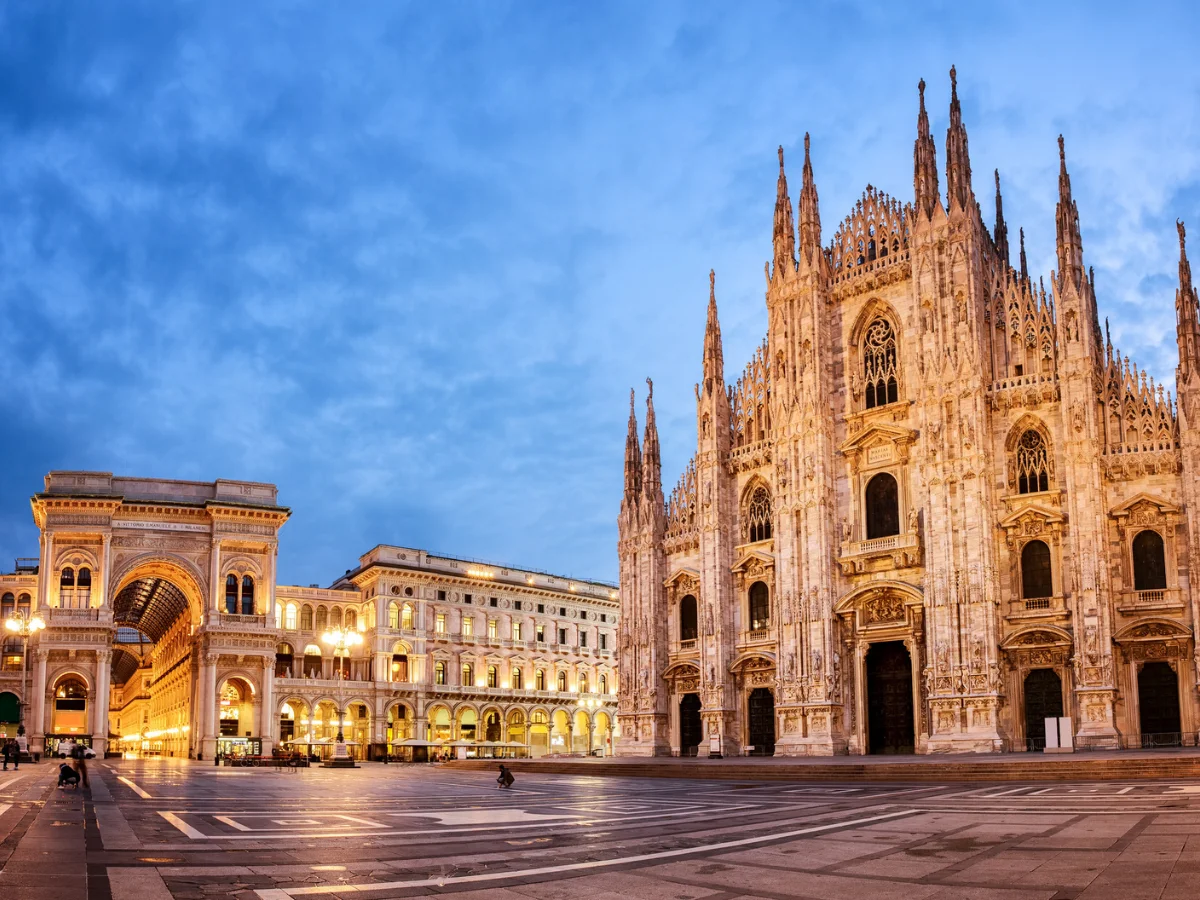Roman armor provided essential protection and prestige
Roman armor provided essential protection and prestige. Helmets like the Galea and shields such as the scutum were crucial defensive tools. Armor boosted morale and unit cohesion, enhancing battlefield effectiveness. Its standardized use facilitated identification and coordination. Beyond antiquity, Roman armor influenced medieval and Renaissance designs. Symbolizing military prowess, it reflects the disciplined nature of the Roman legions. In essence, Roman armor remains an enduring emblem of ancient ingenuity and strength.

Roman armor provided essential protection and prestige
Roman armor was essential for protecting soldiers and projecting military might throughout the ancient world.
Types of Armor
Roman soldiers wore various types of armor, including lorica segmentata, chainmail (lorica hamata), and scale armor (lorica squamata).
Lorica Segmentata
Lorica segmentata, iconic armor of the Roman legions, consisted of metal strips fastened together with leather straps, providing excellent protection without restricting movement.
Chainmail
Chainmail, made of interlocking metal rings, offered flexibility and coverage, commonly worn by infantry and auxiliary troops.
Scale Armor
Scale armor, comprising overlapping metal scales, provided both protection and mobility, favored by cavalry and elite units.
Helmets
Roman helmets, such as the iconic Galea, offered head protection and often featured decorative elements, symbolizing status and unit affiliation.
Shields
Roman shields, like the rectangular scutum, were vital defensive tools, offering protection against ranged weapons and melee attacks.
Military Significance
Armor not only protected soldiers but also played a crucial role in morale and battlefield effectiveness, instilling confidence and deterring enemies.
Tactical Advantages
The use of standardized armor enhanced unit cohesion and identification on the battlefield, facilitating coordinated maneuvers and command.
Legacy
The influence of Roman armor extends far beyond antiquity, with its designs and principles shaping medieval and Renaissance armor development.
Conclusion
Roman armor, with its diverse types and strategic significance, remains a symbol of military prowess and innovation, reflecting the disciplined and formidable nature of the Roman legions.



